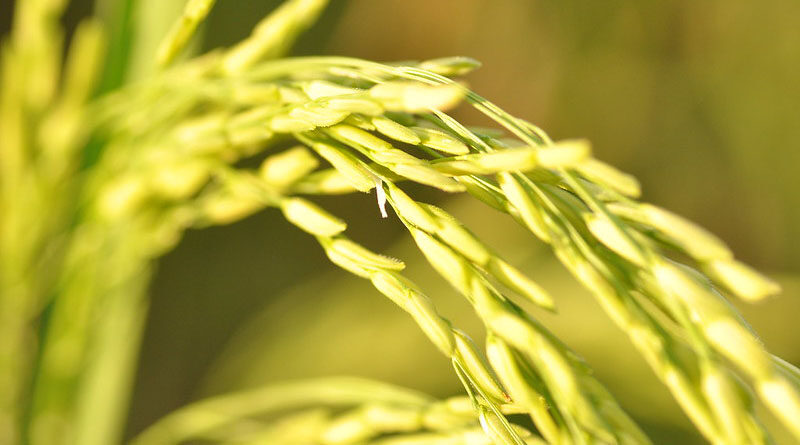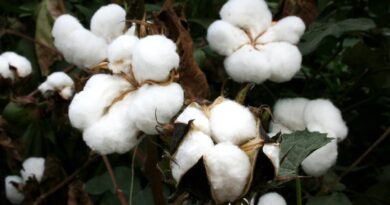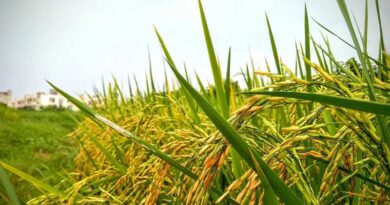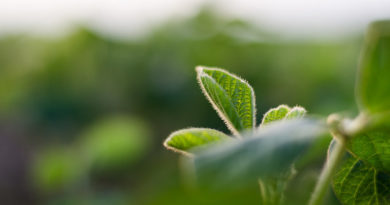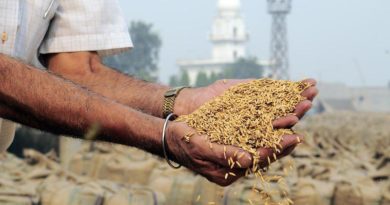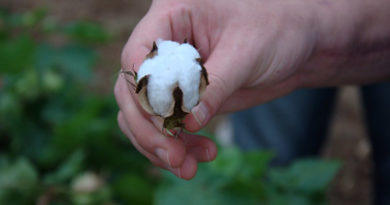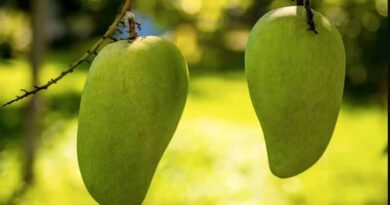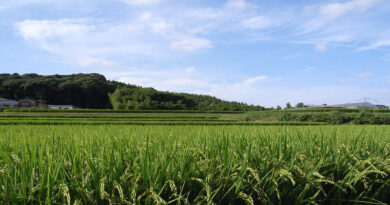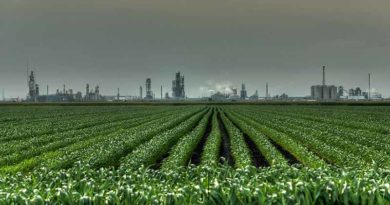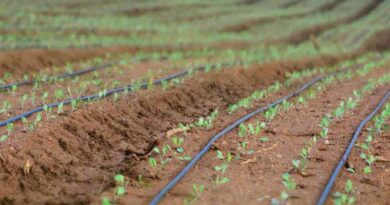Farm prospects soar with rains most well-spread in three years
Kharif season farm-gate profits set to increase 3-5% on-year
24 August 2020, Mumbai: Early onset and good distribution of the south-west monsoon has paved the way for robust kharif output, raising hopes in hinterland. As on August 21, 2020, rains were 7% above the long-period average. Good spatial and temporal distribution has prompted sowing across crops in most states.
Read: Bangladesh prepares for possible locust invasion
CRISIL Research expects a 2-3% rise in sown area on-year at ~109 million hectares for kharif season 2020. The area under paddy cultivation is set to increase because of both rains and reverse migration of labour to the eastern and southern states.
On the other hand, area under vegetables, cotton and maize would be lower than in the previous season as lower prices have discouraged farmers from sowing them.
Says Dharmakirti Joshi, Chief Economist, CRISIL, “The CRISIL Deficient Rainfall Impact Parameter, or DRIP, scores point towards healthy performance of agriculture this year. DRIP, in addition to rainfall deficiency, considers vulnerability arising out of the lack of irrigation buffer across states and crops was red flagging Rajasthan as an adversely impacted state till early August. But with rains catching up, the risk has come down substantially.”
Read: FMC Collaborates with Zymergen for Breakthrough Crop Protection Technologies
Expected Improvement in Productivity
Farm profit per hectare for field and horticulture crops is expected to increase 3-5% in kharif season 2020, supported by higher crop acreage, expected improvement in productivity, and government support to procurement at minimum support price (MSP), CRISIL Research’s analysis of 25 key agriculture commodities indicates.
Adequate water availability for critical growth stages is also expected to increase productivity by 2-3% over a low base of 2019, when delayed onset of monsoon in June followed by excess rains and flood-like situation in August-September damaged crops in most western and southern states. As a result, kharif output could rise 5-6% on-year to a record.
Read: Jacto enters new market segment of seeding, autonomous spraying and sugarcane harvesting
Such a bumper kharif harvest would put downward pressure on prices of various commodities. However, government support to paddy procurement (the most critical crop in terms of farm income, given it accounts for ~30% of foodgrains production), incremental sowing of more remunerative crops and improved productivity on-year will boost profitability at an aggregate level.
Weak Domestic and International Demand
We foresee an upward bias for paddy prices and profitability, supported by a 3% increase in MSP. Also, increase in state advised price for sugarcane will boost profitability on-year. Among horticulture crops, apple is expected to witness higher profitability on-year because of improved yield over a low base of 2019 and also on account of anticipated increase in prices. In contrast, weak domestic and international demand will keep cotton and maize prices under pressure. Prices and profitability of vegetables are also likely to drop over a high base of 2019.
Read: Green Climate Fund approves new projects
Says Hetal Gandhi, Director, CRISIL Research, “The eastern states could see the highest growth in crop profitability because of a low base. Southern and western states will bear the brunt of lower cotton and maize prices. North will be the most profitable in kharif season 2020 owing to a favourable crop mix and higher government procurement.”
Effective implementation of central and state government schemes should further support farmer incomes. However, the spread of the pandemic in rural India (districts with more than 60% rural population) remains the key monitorable. That’s because the rural share of Covid-19 cases, which was hovering around 20% in June 2020, has spiked to ~45% now.
Photo credit: Marufish on Visualhunt / CC BY-SA

